A Picture Guide to the Different Parts of a Horse
Updated on 04/26/24
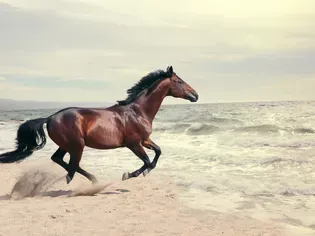
Unlock the Anatomy of the Equine Marvel: A Comprehensive Picture Guide to the Different Parts of a Horse
In the realm of equestrian enthusiasts, unraveling the intricate details of a horse's anatomy is an indispensable endeavor. Understanding the various parts of this magnificent creature not only enhances our appreciation for their remarkable physiology but also aids in effective communication, grooming, and overall care.
Embark on a pictorial journey with us as we delve into the captivating anatomy of the equine marvel, exploring each component with precision and clarity.
From Head to Tail: A Comprehensive Tour
Head: The Sensory Hub
- Ears: Towering beacons of agility, these mobile appendages capture the slightest sounds and convey a horse's emotions.
- Eyes: Large and expressive, their panoramic vision grants them a wide field of view and depth perception.
- Nostrils: Sensitive portals for respiration and scent detection, their flaring signals curiosity or agitation.
- Mouth: The gateway to nourishment and communication, containing incisors for grazing and molars for grinding.
- Poll: The highest point of the head, where the neck attaches.
Neck: The Graceful Connection
- Crest: The arched ridge running along the top of the neck, showcasing the horse's muscularity.
- Throatlatch: The soft, flexible skin beneath the jaw, vulnerable to injury.
Chest: The Powerhouse
- Heart Girth: The widest part of the chest, housing the vital organ that pumps lifeblood.
- Barrel: The rounded area behind the heart girth, indicating lung capacity and endurance.
- Ribs: Flexible yet robust, these bones protect the lungs, heart, and other internal organs.
Back and Loin: The Foundation
- Topline: The highest point of the back, extending from the withers to the croup.
- Lumbar Region: The area between the ribcage and pelvis, providing flexibility for movement.
- Loin: The muscular section connecting the back and hindquarters, responsible for power and balance.
Hindquarters: The Propulsion System
- Croup: The sloping area from the loin to the tail, supporting the hip bones.
- Tail: An expressive signaling device and a swatting tool against insects.
- Buttocks: The muscular haunches, providing explosive power for movement.
- Thigh: The primary muscle mass of the hindquarters, facilitating powerful strides.
- Gaskin: The joint between the thigh and hock, allowing flexibility and agility.
- Hock: The complex joint above the fetlock,承受重量,提供稳定性。
- Pastern: The short, sloping bone between the fetlock and hoof.
- Coronet: The soft tissue surrounding the hoof, where hair growth begins.
- Hoof: The keratinized covering of the foot, providing protection and support.
- Frog: The elastic, V-shaped structure within the hoof, providing shock absorption.
Forequarters: The Front Line
- Withers: The highest point of the shoulder blades, where the saddle rests.
- Shoulder: The sloping area between the withers and foreleg, facilitating movement.
- Upper Arm: The muscular section between the shoulder and elbow.
- Elbow: The prominent joint between the upper arm and forearm.
- Forearm: The long bone between the elbow and knee.
- Knee: The joint where the forearm and cannon bone meet.
- Cannon Bone: The long bone between the knee and fetlock.
- Fetlock: The joint between the cannon bone and pastern.
Proportions and Variations
Understanding the ideal proportions of a horse is crucial for assessing its overall conformation and suitability for specific disciplines. Different breeds exhibit variations in height, weight, and body shape, each with its own unique characteristics.
- Heavy Horses: Massive and muscular, known for their strength and endurance.
- Light Horses: Sleeker and more agile, excel in speed and athleticism.
- Warmbloods: Versatile and athletic, combining strength, agility, and temperament.
- Ponies: Compact and hardy, ideal for children or smaller riders.
Conclusion
From the expressive eyes to the powerful hooves, each part of a horse's anatomy contributes to its remarkable abilities and unique character. By embracing this knowledge, we deepen our connection to these majestic animals and gain a profound appreciation for their intricate physiology. Whether you're a seasoned equestrian or an aspiring horse enthusiast, this comprehensive guide provides an invaluable resource for unlocking the secrets of the equine marvel.
Explore More Pets
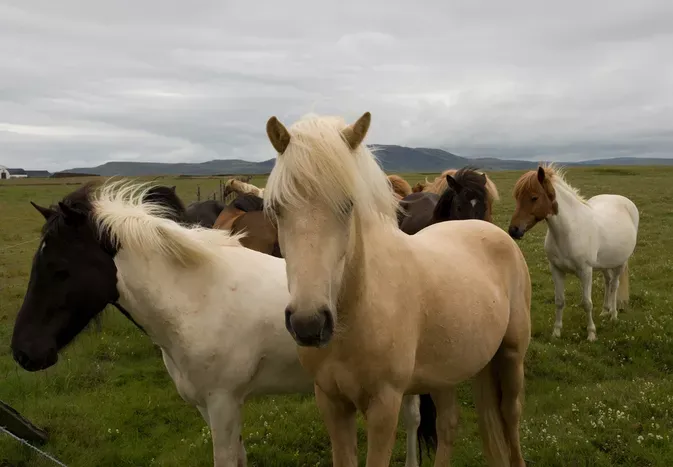
Pony Breeds
The Difference Between Horses and Ponies
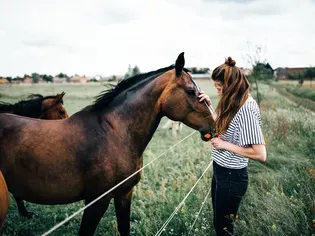
Horse Diseases & Conditions
What Do I Do If My Horse Colics?
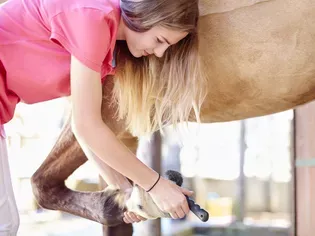
Pony Breeds
Horse and Pony Care by the Day, Week, Month and Year
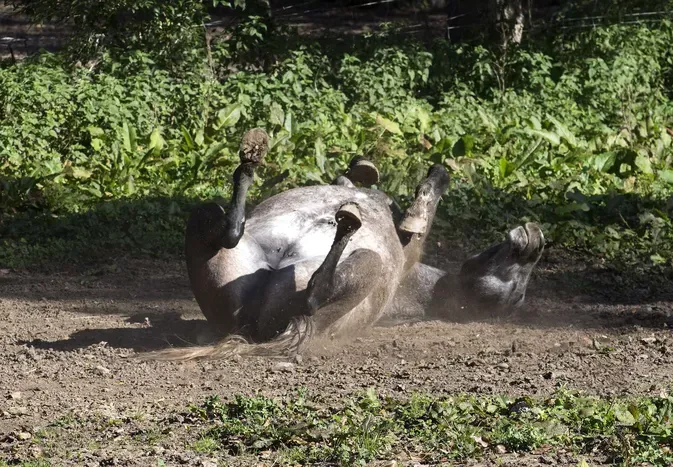
Horse Grooming
Mange in Horses
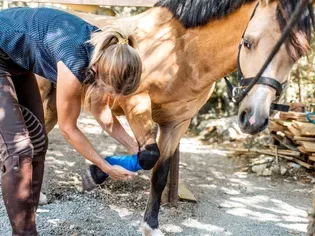
Horse Diseases & Conditions
Grease Heel in Horses
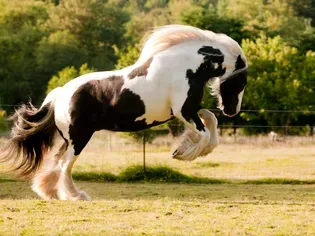
Light Horse Breeds
Gypsy Vanner Horse Breed Profile
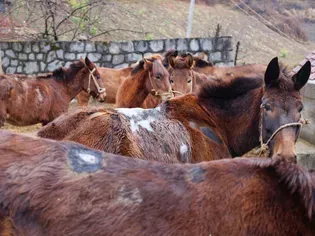
Horse Diseases & Conditions
Girth Galls and Saddle Sores
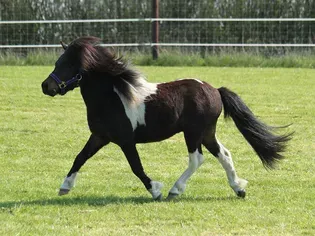
Pony Breeds
Shetland Pony Breed Profile